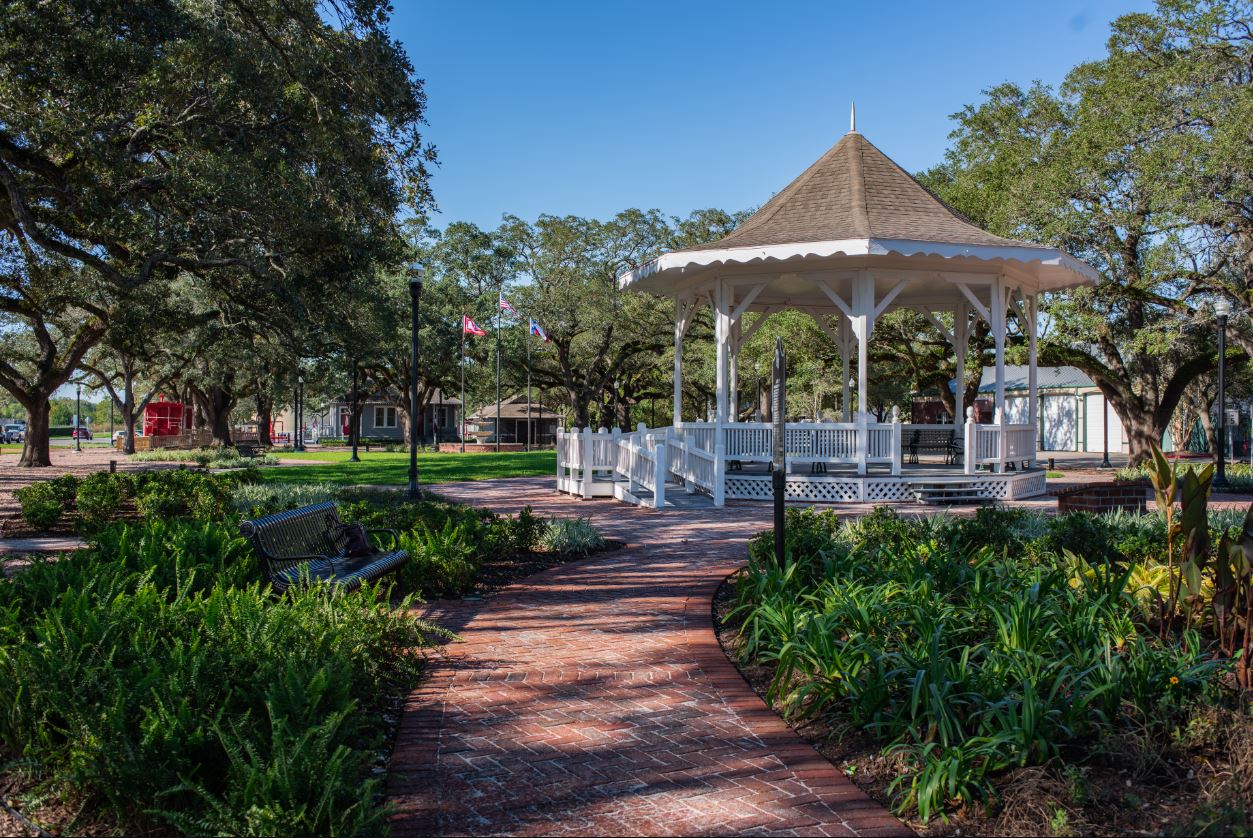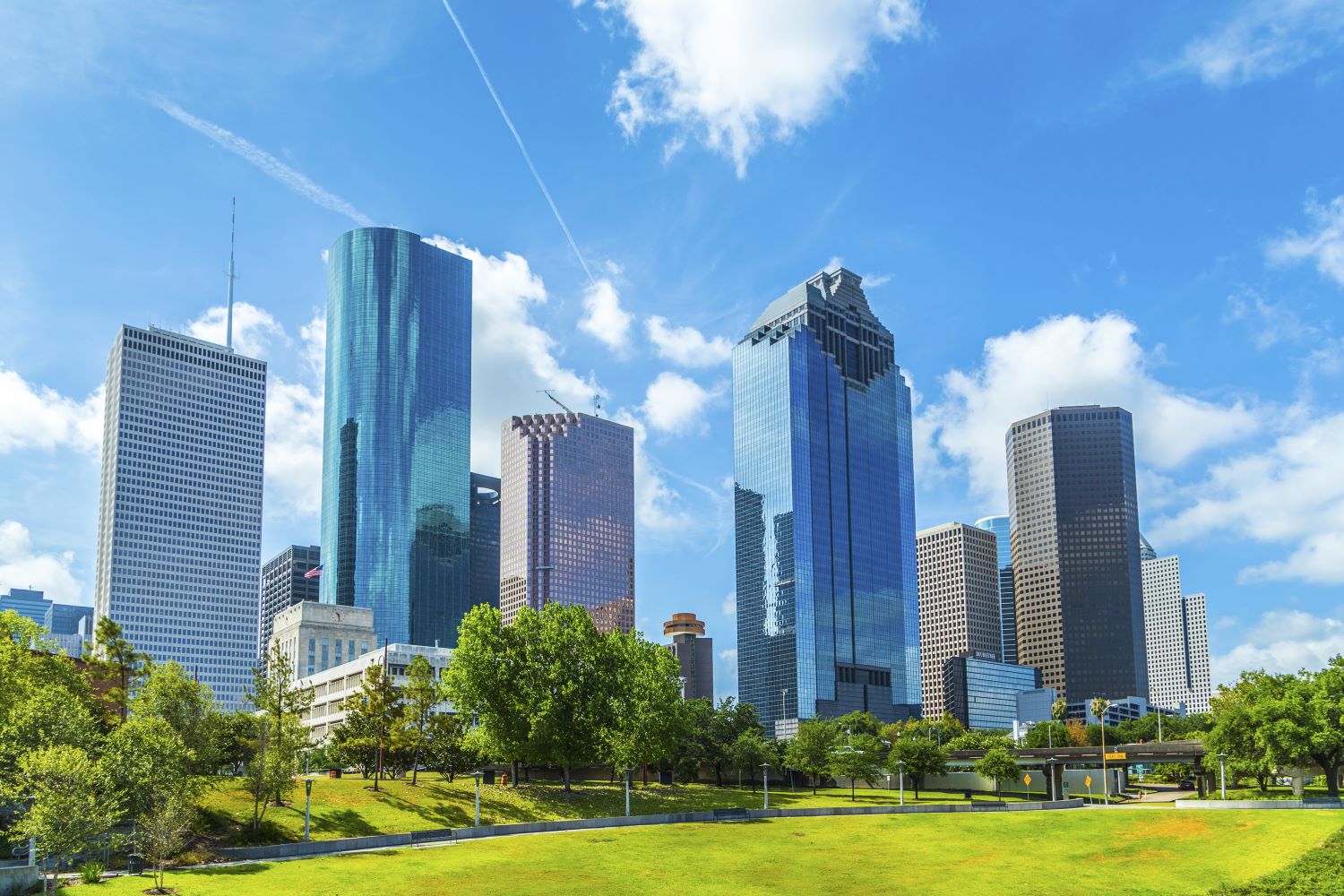Regions and Neighborhoods: League City's Small-Town Feel Still Alive Despite City's Rapid Growth
Published Mar 16, 2022 by Brina Morales
League City’s proximity to Houston and Galveston makes it a desired location for residents and businesses. The community’s prime location along with its access to recreational activities and growth in the medical and aerospace sectors is driving more companies and people to move to the area. We spoke with Scott Livingston, the Director of Economic Development for the City of League City, about the city’s recent successes and new developments in the pipeline.
How does League City contribute to the fabric of the Houston region?
League City provides a strategic location for businesses to capitalize on some of the area’s most valuable assets – four ports, two petrochemical clusters, proximity to Houston, the Texas Medical Center, Galveston, etc. – all while enjoying an outstanding quality of life!
What are some unique characteristics that really set this area apart?
League City has a small-town charm and more rural feel even though we’re within a 30-mile radius from Houston and Galveston. We’re also surrounded by water on three sides – Clear Creek, Galveston Bay, and Dickinson Bayou – which helps to “separate” us from the hustle and bustle of Houston.
Describe the business community in League City. What are some of the most active industry areas?
League City has strong retail sector, but we’re also seeing strong growth in the medical sector. As a result of our proximity to the NASA Johnson Space Center and the Houston Spaceport, the Bay Area of Houston is also experiencing growth in the aerospace and space sectors. League City is also a strategic fit for Advanced Manufacturing, Research and Development, Maritime and Logistics, Professional Services, Aerospace, and Corporate and Regional Headquarters.
Can you talk about League City’s latest exciting project, the Riverview at Clear Creek mix-used development, and what it means for the city? Any other commercial developments on the horizon?
The Riverview at Clear Creek project is a 70-acre mixed use, destination, and entertainment entity that will include retail, restaurants, entertainment, office, public space, a marina, and public art. It’s location on Clear Creek, within view of I-45, makes it a great landmark for people entering League City while traveling south on I-45.
What attracts most businesses to relocate or expand in League City?
League City’s quality of life, location, and accessibility are the three biggest contributors to our success. Our residents enjoy top-notch schools and a multitude of community amenities. We’re strategically located within 50 miles of four major ports, two petrochemical sectors, Galveston Island, and downtown Houston. And, with I-45, SH 146, and the future Grand Parkway, people can travel from League City to anywhere else in the greater Houston area with ease.
What are 4-5 signature spots to visit? Any hidden gems people need to know about?
League City is nestled along the southern shore of Clear Lake, just 30 minutes away from the beaches of Galveston Island and the exciting attractions of downtown Houston. It’s an ideal location to enjoy all the Houston Metro and Texas Gulf Coast has to offer. Visitors are delighted by League City’s southern charm and coastal vibe.
The most stylish of hotels in League City, TX, South Shore Harbour is the largest full-service waterside resort and conference center in Southeast Texas. South Shore Harbour sits on shimmering Clear Lake just 30 minutes south of Houston. Stylishly renovated from stem to stern, this 237-room resort hotel exudes the maritime style of Houston’s Bay Area in ways both large and small.
Clear Creek runs along the northern border of League City, and provides recreational opportunities including fishing, kayaking, canoeing, and more. The Clear Creek Paddle Trail meanders 6.5 miles through Clear Creek, starting at Lynn Gripon Park at Countryside and ending at Heritage Park. Paddlers will enjoy scenic views along their journey and may spot some of the wildlife that live in and around the creek, including wading birds, alligators, and deer.
Visitors to the League City Historic District can stroll beneath sprawling oaks and discover the beautiful Victorian homes and buildings belonging to League City’s founding families. The Historic District exudes charm, and its buildings tell the story of the hardworking and good-natured spirit of League City's early residents. Even the oak trees have a story all their own and are an integral part of League City history. Be sure not to miss the shoppes at Founder’s Square, League Park, and Helen’s Garden!
Finally, League City’s Hidden Gems GeoTour is a GeoCache tour that brings treasure hunters to some of League City's most scenic spots – hidden gems within the Houston Metro region that’s you’ll have to visit League City to find! Explore our Gulf Coast waterfront community while you hunt for caches. If you're lucky, you may even collect some "southern charms."
What’s missing from the conversation about League City?
With a population of almost 117,000, League City has grown so quickly that it hardly resembles the town that it was 20+ years ago. Fortunately, we’ve continued to foster that small-town feel through community engagement, programming, and investments into revitalizing our downtown.
Many doctors, engineers, entrepreneurs, corporate executives, business professionals, and rocket scientists have chosen to live in League City because of our competitive advantages and numerous amenities. Our strategic location, STEM-educated, regional workforce of over 900,000 highly-skilled workers, and outstanding quality of life make us a prime destination for both corporate relocations and business expansions.
Although League City is growing by 900 to 1,000 new homes each year, it annually ranks among the best communities to live in Texas and the nation. With a population greater than 100,000 and an average household income greater than $115,000, sales receipts and property values continue to rise, and disposable income is high.
Our goal is to build upon our robust, diverse economic base that includes quality, mixed-use development, entertainment, and the aerospace, energy, medical, professional services, and tourism industries.
Learn more about League City and explore the greater Houston area.
 The Houston Report
The Houston Report





















